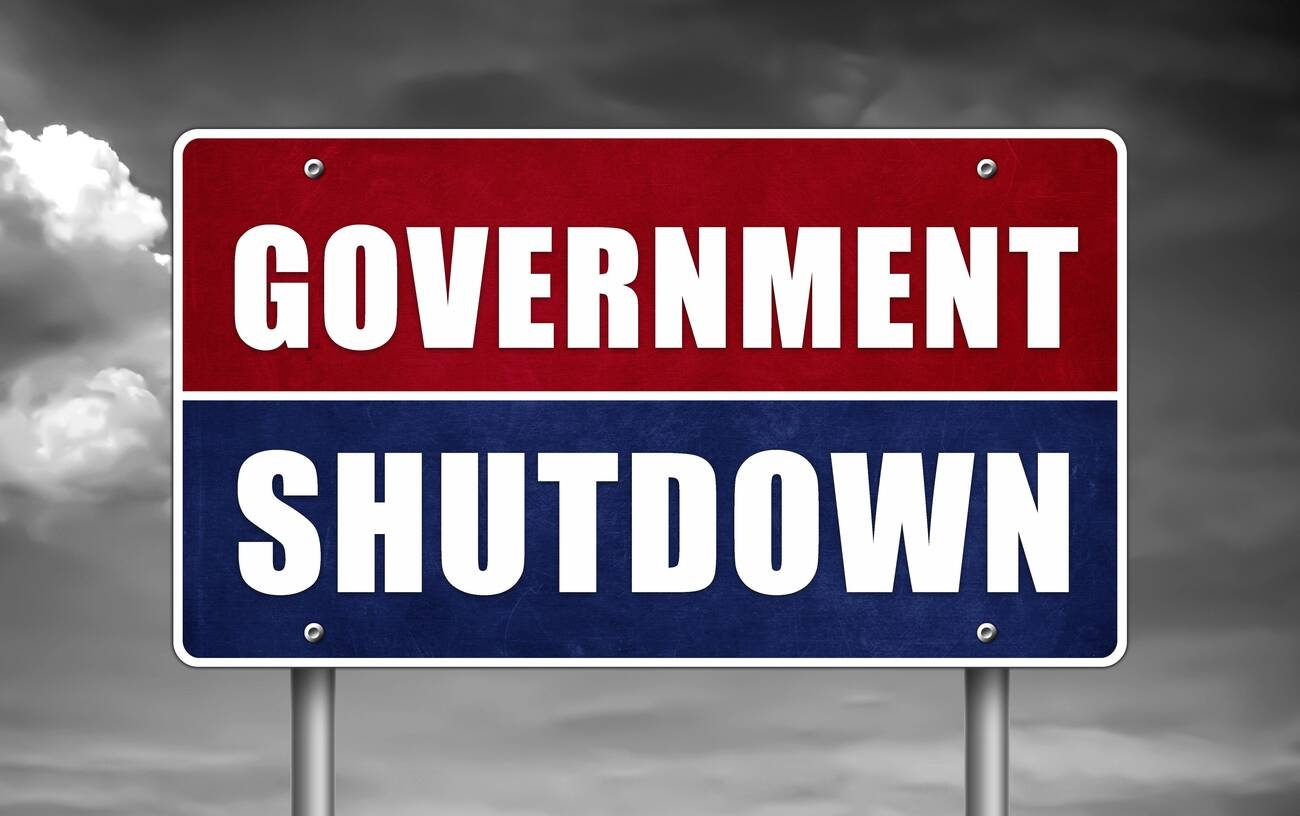Government Shutdown In Effect: Some Agencies to Close, But IRS to Stay Open, For Now
Under the plan, the Treasury Department would shift funding the IRS received from the Inflation Reduction Act into the taxing agency's operational budget.
On Tuesday night, Sept. 30, federal lawmakers failed to reach a spending agreement to avoid a government shutdown before midnight. As a result, the U.S. government will suspend non-essential functions starting later today, Oct. 1, 2025, until a legislative spending agreement is passed and President Trump agrees to enact it. Government funding bills require a simple majority in the House of Representatives, but require 60 of 100 votes in the Senate.
Republicans currently have a majority in the House, where a spending bill was passed, with only Republican votes. The Senate, however, is split between 53 Republicans and 47 Democrats (including two independents who generally vote with the Democratic minority). As such, passage of a government funding bill requires some bipartisan agreement in the Senate. Leaders of each party, as well as political pundits, have each blamed the other party for the shutdown.
How will this affect the IRS? The Treasury Department issued a plan of operations earlier this week that allows continuing operations, and all staff of the Internal Revenue Service to continue working as usual, with pay, for up to five days.
Under the Treasury Department’s government shutdown contingency plan, the department plans to shift funding that the IRS received from the Inflation Reduction Act (IRA) into the taxing agency’s daily operational budget. The IRS funding, passed in 2022, was originally allocated for modernizing IRS technology, call centers, staffing and enforcement functions.
The temporary continuation of IRS operations will be critical for those who have yet to file their extended income tax returns, and their tax professionals. The deadline for those return is October 15. Additionally, businesses that file monthly payroll tax reports are required to remit payments on the 15th of October. Whether the shutdown eventually requires the IRS to limit functions or not, taxpayers and businesses are still required to meet their reporting obligations on time.
The contingency plan does not provide any details about what the IRS would do if a government shutdown extends past five business days. If the lawmakers are unable to reach at least a temporary agreement on a stopgap measure, many government functions deemed non-essential will be closed, and their employees furloughed. President Trump signaled that he might go further and use a shutdown to make permanent staff and services cuts across various government agencies.
Read more about the Treasury Department’s plan of operations for the IRS at:

